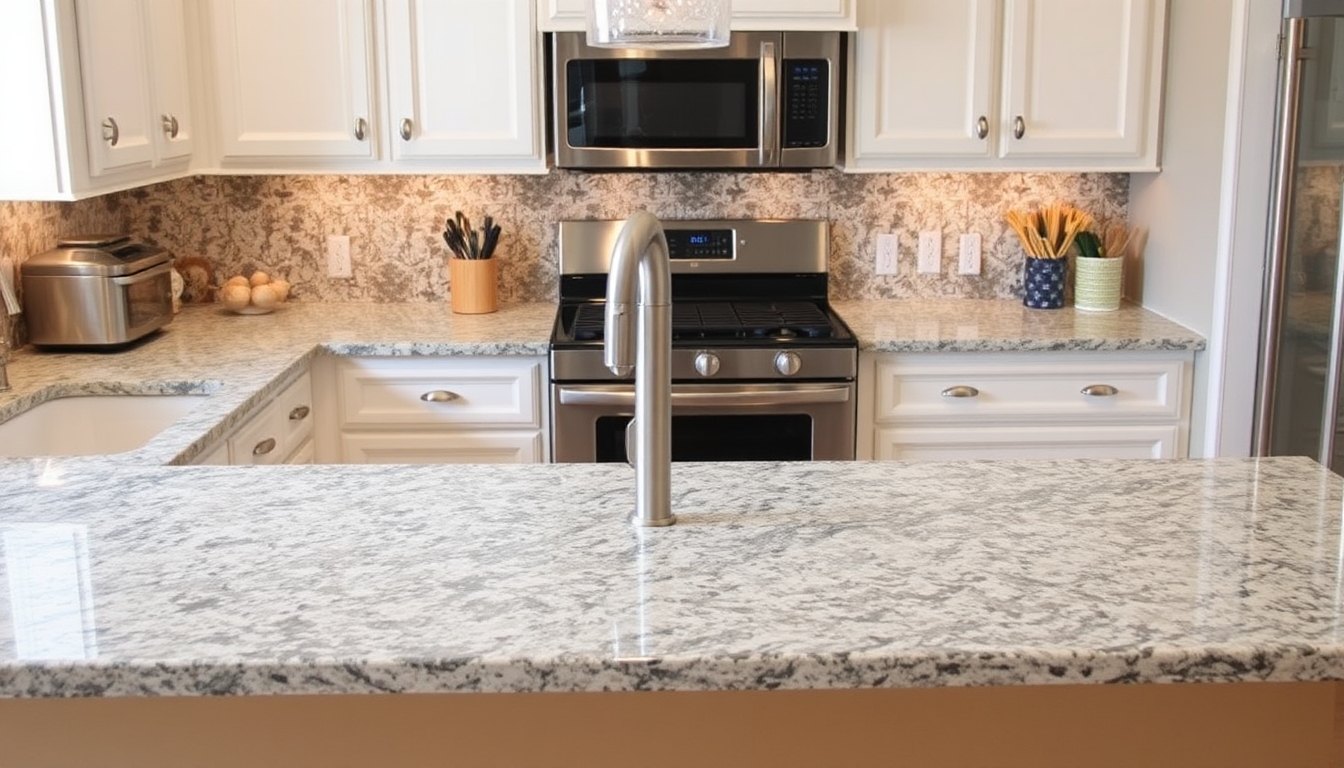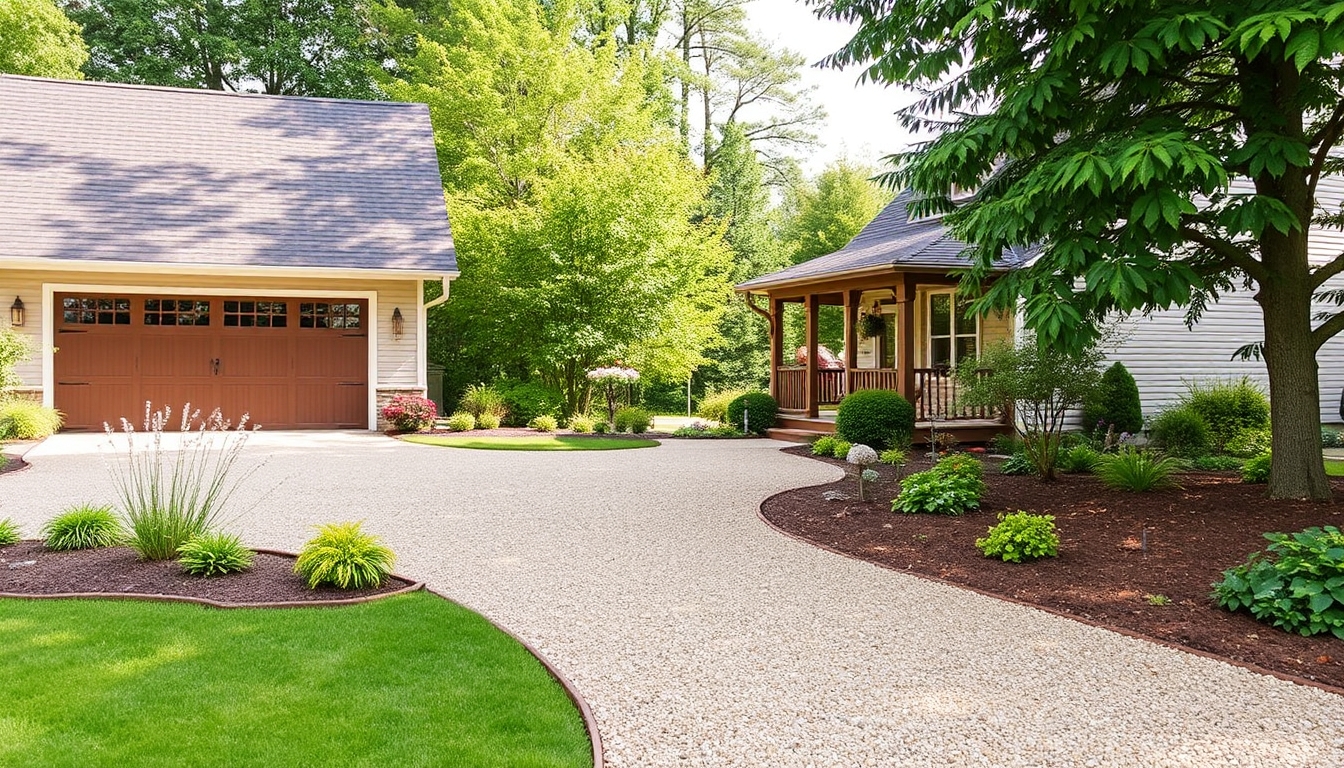Welcome to our informative blog post on creating a DIY chicken run! If you’ve been considering raising chickens in your backyard, providing them with a safe and secure space is essential. Building your own chicken run not only allows you to customize it according to your needs but also saves you money. In this article, we will guide you through the step-by-step process of building a secure and affordable chicken run, ensuring the well-being of your feathered friends. So, let’s dive in and discover how you can create a fantastic space for your chickens to roam and thrive!
Planning Your DIY Chicken RunCopied!
Before you start building your chicken run, it’s crucial to have a well-thought-out plan in place. Here are some key factors to consider:
1. Size and Space Requirements
Begin by determining how much space you have available in your backyard for the chicken run. The size of your flock will play a significant role in determining the dimensions of the run. As a general rule of thumb, each chicken should have a minimum of 4 square feet of space inside the run. This calculation should include both the coop and the outdoor area. Keep in mind that chickens are social animals and thrive in environments where they have ample space to move around.
2. Materials and Budget
Consider the materials you will use for constructing the chicken run. Options include wood, wire mesh, and metal. Each material has its own benefits and drawbacks in terms of durability, cost, and predator protection. Determine your budget and select materials that provide the necessary level of security while staying within your financial limits. Remember to account for additional expenses such as fencing, roofing, and door hardware.
3. Location and Sunlight
Choose a suitable location for your chicken run that offers both sunlight and shade. The area should be well-drained to prevent flooding during heavy rains. The run should also be easily accessible for cleaning and maintenance. Consider the direction of prevailing winds to ensure your chickens have a comfortable environment throughout the year.
4. Predator Protection
One of the primary purposes of a chicken run is to protect your flock from predators. Assess the potential threats in your area, which may include raccoons, foxes, or even neighborhood dogs. Ensure that the materials you use for the run’s construction are predator-proof. Burying wire mesh at least a foot underground around the perimeter of the run can help prevent burrowing predators from gaining access.
5. Perch and Roosting Space
Chickens need a designated space to perch and roost at night. Plan for enough perch and roosting bars inside the run, allowing around 8 to 10 inches of space per bird. The perches should be positioned higher than the nesting area to encourage chickens to sleep on them, as it helps keep them clean.
By carefully considering these factors during the planning phase, you’ll be well-prepared to create a functional and secure chicken run for your feathered friends. In the next section, we will delve into the process of constructing the base and framework of the chicken run.
Constructing the Base and FrameworkCopied!
Now that you have your plan in place, it’s time to start building the base and framework of your DIY chicken run. Follow these steps to ensure a sturdy and durable structure:
1. Clearing and Leveling the Ground
Begin by clearing the area where you’ll be constructing the chicken run. Remove any rocks, debris, or vegetation that may hinder the building process. It’s crucial to have a level surface to ensure the stability of the structure. Use a shovel or rake to level the ground and make any necessary adjustments.
2. Installing the Posts
Next, mark the positions for the corner posts of the chicken run. Use wooden or metal posts that are sturdy and weather-resistant. Dig holes at least 2 feet deep for each corner post and place the posts inside. Ensure that the posts are straight and level before filling the holes with concrete or compacted soil to secure them in place.
3. Attaching the Support Beams
Once the corner posts are set, it’s time to attach the support beams. Measure and cut the beams according to the dimensions of your chicken run. Position the beams along the top of the posts, ensuring they are level and secure them using brackets or screws. These beams will provide stability and support for the roof and walls of the chicken run.
4. Adding the Roof Framework
Constructing a roof for your chicken run is essential to protect your flock from the elements. Measure and cut wooden or metal beams to create the roof framework. Attach the beams to the top support beams, forming a sturdy and angled structure. This design will allow rainwater to drain off easily.
5. Installing the Wire Mesh
To enclose your chicken run and keep predators out, it’s time to install the wire mesh. Measure the dimensions of each side of the run and cut the wire mesh accordingly, leaving some extra to overlap and secure it to the framework. Use staples or zip ties to attach the wire mesh to the framework, ensuring there are no gaps or loose ends.
By following these steps, you’ll have a solid base and framework for your chicken run. In the next section, we’ll discuss how to add additional features to enhance the functionality and comfort of your DIY chicken run.
Enhancing Your DIY Chicken RunCopied!
Now that the base and framework of your chicken run are in place, it’s time to add some additional features that will enhance the functionality and comfort for your feathered friends. Consider the following aspects:
1. Adding a Secure Door
To provide easy access to the chicken run while ensuring the safety of your flock, it’s essential to install a secure door. Use strong and durable materials such as wood or metal to construct the door. Attach hinges and a latch system that can be easily opened and closed. Make sure the door fits snugly and closes securely to prevent predators from entering.
2. Installing a Roof and Shade
While the roof framework is already in place, it’s time to cover it to protect your chickens from the elements. Use corrugated metal sheets, polycarbonate panels, or waterproof roofing materials to cover the roof framework. This will provide shade and shelter from rain or excessive sunlight. Ensure that the roof is securely fastened to prevent any leaks or damage.
3. Creating a Dust Bath Area
Chickens love to take dust baths, as it helps keep their feathers clean and controls parasites. Designate an area within the chicken run for a dust bath. Use a shallow container or a designated spot filled with fine sand or dirt. Add some diatomaceous earth to help control mites and lice. Your chickens will appreciate this natural grooming space.
4. Incorporating Nesting Boxes
If you plan on having hens that lay eggs, providing nesting boxes is essential. These boxes should be positioned in a quiet and secluded area of the chicken run. Use wooden or plastic nesting boxes with bedding material such as straw or wood shavings. Each nesting box should be approximately 12×12 inches to provide enough space for your hens to comfortably lay their eggs.
5. Adding Perches and Enrichment
Chickens enjoy perching and exploring their surroundings. Install sturdy perches at different heights inside the chicken run, using branches or wooden dowels. This will allow your chickens to roost and exercise their natural behaviors. Additionally, provide enrichment items such as hanging toys or treat dispensers to keep your chickens mentally stimulated and entertained.
By incorporating these additional features, you’ll create a chicken run that not only meets the basic needs of your flock but also provides a comfortable and enriching environment. In the final section, we will discuss essential maintenance tips to ensure the longevity and cleanliness of your DIY chicken run.
Maintaining Your DIY Chicken RunCopied!
Regular maintenance is crucial to keep your DIY chicken run in optimal condition and ensure the health and well-being of your flock. Here are some essential maintenance tips to follow:
1. Cleaning and Sanitizing
Regularly clean the chicken run to remove waste, debris, and soiled bedding. Use a shovel or rake to remove any accumulated droppings from the floor. Replace the bedding material in the nesting boxes and dust bath area regularly. Sanitize the chicken run periodically using a chicken-safe disinfectant to prevent the buildup of bacteria and parasites.
2. Checking for Damage
Inspect the chicken run regularly for any signs of damage or wear. Check for loose or broken boards, wires, or mesh, and repair them promptly. Ensure that the door, latches, and hinges are functioning properly. Replace any damaged roofing materials to maintain a leak-free and secure environment for your chickens.
3. Monitoring Predator Activity
Keep an eye out for any signs of predator activity around the chicken run. Look for burrow holes near the perimeter or signs of digging. Regularly check the wire mesh for gaps or holes that may allow predators to enter. Reinforce the mesh or repair any damage immediately to prevent any potential threats to your flock.
4. Providing Fresh Water and Food
Ensure that your chickens have access to fresh water at all times. Clean and refill their water containers regularly to prevent contamination. Similarly, provide a balanced diet and ensure a consistent supply of chicken feed. Regularly check food containers for any mold or spoilage and replace them as needed.
5. Inspecting for Health Issues
Regularly observe your chickens for any signs of illness or health issues. Check their feathers, eyes, and beaks for any abnormalities. Monitor their behavior and ensure they are active and alert. Seek veterinary assistance if you notice any signs of illness or distress to ensure the well-being of your flock.
By following these maintenance tips, you’ll create a clean, safe, and healthy environment for your chickens to thrive. Remember, regular upkeep is key to the longevity of your DIY chicken run and the happiness of your feathered friends.
Conclusion: Enjoying the Fruits of Your DIY Chicken RunCopied!
Congratulations on successfully building your DIY chicken run! By providing a secure and comfortable space for your flock, you are now ready to enjoy the benefits of backyard chicken keeping. Here are some final thoughts to keep in mind:
1. Building a Sustainable Relationship
With your chicken run in place, you have established a sustainable relationship with your chickens. Not only will they provide you with fresh, nutritious eggs, but they will also help reduce kitchen scraps and provide natural fertilizer for your garden. It’s a mutually beneficial arrangement that promotes self-sufficiency and sustainability.
2. Observing and Learning
Take the time to observe and learn from your chickens. Watch their behaviors, interactions, and unique personalities. Understanding their needs and preferences will help you provide them with the best care possible. You may even discover the joy of connecting with nature and the simple pleasures of backyard farming.
3. Sharing the Experience
Share your experience with others who may be interested in starting their own chicken run. Engage in discussions within online communities or local farming groups to exchange knowledge and ideas. By inspiring and educating others, you contribute to the growth of sustainable practices and the joy of backyard chicken keeping.
4. Continuing to Evolve
Remember that your DIY chicken run is not a static structure. As you gain experience and learn more about your chickens’ needs, continue to adapt and improve your setup. Explore new ideas, implement enhancements, and refine your management practices. Your chicken run will evolve along with your growing knowledge and expertise.
Now that you have all the tools and knowledge needed, it’s time to embark on this rewarding journey of raising chickens in your own backyard. With the right planning, construction, and maintenance, your DIY chicken run will provide a safe and happy home for your feathered friends for years to come. Enjoy the experience and the countless benefits it brings!
Troubleshooting Common Issues with Your DIY Chicken RunCopied!
While building and maintaining your DIY chicken run, you may encounter some common issues that require troubleshooting. Here are a few potential problems and their solutions:
1. Predator Attacks
If you notice signs of predator activity or experience an attack, it’s crucial to reinforce the security of your chicken run. Inspect the perimeter for any gaps or weaknesses in the fencing or mesh and repair them immediately. Consider adding an electric fence or installing motion-activated lights to deter predators.
2. Excessive Moisture or Flooding
If your chicken run is prone to excessive moisture or flooding, it can be detrimental to your chickens’ health. Improve drainage by adding gravel or a layer of sand to the floor to prevent pooling water. Consider elevating the chicken run or installing a raised platform to keep it above ground level during heavy rains.
3. Escaping Chickens
If your chickens have a tendency to escape from the run, it’s important to identify the areas where they are finding weak points and reinforce them. Check for gaps in the fencing or areas where they may be able to squeeze through. Secure any loose or damaged components and consider using netting or an overhead cover to prevent escape attempts.
4. Overcrowding and Aggression
Overcrowding can lead to stress and aggression among your chickens. Ensure that your chicken run provides enough space for the number of chickens you have. If aggression becomes an issue, consider providing additional perches, hiding spots, or separate areas to reduce tension. Observing and monitoring the flock’s behavior will help you identify and address any issues promptly.
5. Disease Outbreaks
If you notice signs of illness or a disease outbreak among your flock, it’s essential to take immediate action. Quarantine any sick or affected chickens to prevent the spread of infection. Consult with a veterinarian to diagnose and treat the issue. Practice good biosecurity measures, such as regularly cleaning and disinfecting the chicken run, to minimize the risk of disease transmission.
By addressing these common issues as soon as they arise, you can ensure the safety, health, and well-being of your flock and maintain a successful DIY chicken run. Remember, being proactive and attentive to your chickens’ needs will help create a harmonious and thriving environment for them to enjoy.
Conclusion: Enjoy the Fruits of Your DIY Chicken RunCopied!
Congratulations on successfully building and maintaining your DIY chicken run! By providing a safe and comfortable space for your flock, you have taken a significant step towards self-sufficiency and sustainable living. As you enjoy the benefits of fresh eggs, natural pest control, and the joy of connecting with nature, here are some final thoughts to keep in mind:
1. Embrace the Rewards
Take a moment to appreciate the rewards that come with your DIY chicken run. Enjoy the taste of farm-fresh eggs, knowing that they come from happy and healthy chickens you have raised yourself. Share the experience with family and friends, and take pride in the sustainable practices you have implemented.
2. Continue Learning and Improving
There is always room for growth and improvement when it comes to chicken keeping. Stay curious and continue learning about best practices, new techniques, and advancements in the field. Join online communities or local farming groups to share knowledge and experiences with fellow chicken enthusiasts.
3. Spread the Word
Share your experiences and knowledge with others who may be interested in starting their own DIY chicken run. Encourage sustainable practices, responsible animal husbandry, and the joys of backyard farming. By spreading the word, you contribute to the growth of a community that values self-sufficiency and environmental consciousness.
4. Reflect and Adapt
Reflect on your experiences with your DIY chicken run and adapt accordingly. Take note of what worked well and what could be improved. Consider expanding your flock or exploring new breeds. Stay attuned to the needs of your chickens and make adjustments as necessary to create an optimal environment for their well-being.
With your DIY chicken run, you have not only created a home for your chickens but also embarked on a fulfilling journey of sustainable living. Enjoy the fruits of your labor, cherish the moments spent with your feathered friends, and continue to evolve as a backyard chicken keeper. May your DIY chicken run bring you joy, abundance, and a renewed connection with nature.
Frequently Asked Questions (FAQs) About DIY Chicken RunsCopied!
1. Can I build a chicken run if I have limited space in my backyard?
Yes, you can still build a chicken run even if you have limited space in your backyard. Consider using vertical space by incorporating elevated perches or utilizing a multi-level design. Additionally, using portable or movable chicken runs can provide flexibility in maximizing the available space.
2. How do I protect my chickens from extreme weather conditions?
To protect your chickens from extreme weather conditions, ensure that the chicken run has a sturdy and weatherproof roof. Consider adding insulation or using materials that provide shade and ventilation during hot weather. Install windbreaks or provide additional bedding during cold weather to keep your chickens warm.
3. How often should I clean the chicken run?
Regular cleaning is essential to maintain a healthy environment for your chickens. Remove droppings and soiled bedding on a weekly basis, and replace the bedding material as needed. Additionally, conduct a thorough cleaning and sanitizing of the chicken run every few months to prevent the buildup of bacteria and parasites.
4. How can I prevent rodents or pests from entering the chicken run?
Preventing rodents and pests from entering the chicken run is crucial to protect your flock. Ensure that the fencing or mesh is securely in place and has no gaps or holes. Keep the area around the chicken run clean and free from food sources that may attract pests. Consider using rodent-proof feeders and regularly inspect the chicken run for signs of infestation.
5. Can I free-range my chickens instead of using a chicken run?
While free-ranging chickens can provide them with additional space and natural foraging opportunities, it may not always be feasible or safe. Predators, traffic, and neighborhood regulations can pose risks to free-ranging chickens. If you choose to free-range, supervise your chickens, provide secure boundaries, and ensure they have a safe area to retreat to when needed.
These frequently asked questions address some common concerns when it comes to DIY chicken runs. By understanding these aspects and implementing the right measures, you can create a safe and enjoyable environment for your chickens to thrive.
In conclusion, building a DIY chicken run is a rewarding endeavor that offers numerous benefits, including fresh eggs, natural pest control, and the joy of connecting with nature. By following the steps outlined in this guide, you can create a secure and comfortable space for your flock to thrive.
From careful planning and construction to ongoing maintenance and troubleshooting, every aspect of your DIY chicken run contributes to the well-being of your chickens. Ensuring proper space, predator protection, and essential features like perches and nesting boxes are key components of a successful chicken run.
Remember to regularly clean and maintain the chicken run, monitor your flock’s health, and continue learning and adapting as you gain experience. By doing so, you’ll create an optimal environment for your chickens and foster a sustainable and fulfilling relationship with these feathered companions.
Whether you have limited space or a sprawling backyard, a DIY chicken run can be tailored to suit your needs and preferences. Embrace the rewards, share your knowledge with others, and continue to evolve as a backyard chicken keeper.
Now, armed with the knowledge and guidance provided in this article, it’s time to embark on your own DIY chicken run journey. Enjoy the abundance of fresh eggs, the serenity of watching your chickens roam, and the satisfaction of contributing to a more sustainable lifestyle. Happy chicken keeping!





